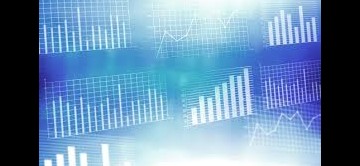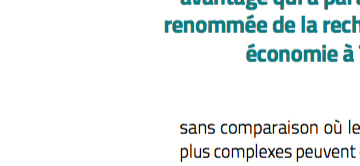The sharing economy owes its transformative potential within our societies to two features. First, it uses innovative matching technologies, which connect service providers and users much more effectively than before.
Secondly, these technologies enable new service providers to enter the market. In this way, individuals can put their apartments on Airbnb without thinking of themselves as part of the hotel market - and without any formal qualifications in hotel management either, it should be added.
This second feature often puts the interests of new service providers at odds with those of professionals - as we can see in the conflict between Uber and taxi drivers.
What can research say about this conflict? An overall assessment of the contribution of the sharing economy is difficult based on current data. However, we can estimate the increases in efficiency generated by matching technologies.
A recent paper published by the National Bureau of Economic Research in Boston has compared Uber to several taxi companies in major American cities, based on vehicle utilisation rates ("Disruptive Change in the Taxi Business: The Case of Uber", by Judd Cramer and Alan Krueger, NBER Working Paper n° 22083).
The paper has not yet been peer-reviewed, but the figures are striking and easy to interpret. In Boston, taxi drivers spend 32% of their work time with a customer in the taxi, compared to 46.1% for drivers working for Uber.
In San Francisco, the figures are respectively 38.5% and 54.3%. In other cities, it is easier to compare mileage. In Seattle, taxi drivers have a customer on board for 39.1% of their total mileage, versus 55.2% for Uber drivers; in Los Angeles, figures are respectively 40.7% and 64.2%. The only city where there is no significant difference is New York, where taxi drivers spend 49.5 % of their working time with a customer in the vehicle compared to 51.2 % for Uber drivers. But overall, taxi drivers use their vehicles less intensively than Uber drivers.
Four possible explanations
The authors of this study suggest four possible explanations, even if the data don't allow them to assess their respective plausibility.
The first is information technology itself, which allows the Uber driver to find customers more quickly than cruising the streets or waiting for a phone call.
The second is the effect of economies of scale: Uber is bigger than taxi companies in the cities which are mentioned.
The third is the effect of regulations, which prevent taxi drivers from taking on passengers outside their own zone, often forcing them to return from a journey without a passenger on board
The fourth is Uber's variable pricing, which increases in peak times, encouraging Uber drivers to concentrate their service on times where demand is stronger and avoiding excess supply in off-peak times.
Utilisation rates are not, of course the only criteria which can be used to carry out an overall assessment of Uber (or other sharing platforms in markets such as hotel services). There are also other criteria to consider such as an unequal burden of taxation and national insurance contributions, or qualifications required of professionals and not of private suppliers.
But the efficiency of matching technology is, in itself, a valuable lesson for taxis. That is, of course, before taxis and Uber are overtaken by driverless vehicles in a few years' time...



